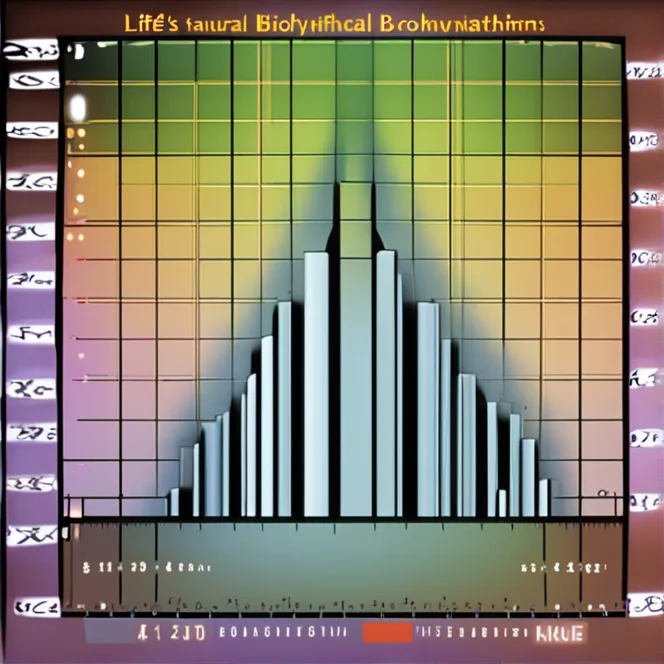
Biorhythms: Life's Natural Cycles
Explore the meaning of biorhythms and how these natural cycles can influence physical, emotional, and intellectual states in our daily lives.
article by Adrian Wallace
Biorhythms are believed to be the natural cycles that govern the various aspects of our lives. From physical well-being to emotional states and intellectual capacities, these invisible rhythms are said to ebb and flow in predictable patterns throughout our existence. The concept, while not scientifically proven, has intrigued humans for centuries and has found a place in wellness and self-improvement practices. Discover what biorhythms mean, their origins, and their significance to those who analyze and follow their patterns as a guide to living a harmonious life.
The Three Primary Cycles
There are three primary biorhythms described in this ideology: the physical, emotional, and intellectual cycles. Each is characterized by a unique duration and influence. The physical cycle, lasting 23 days, relates to one's strength, health, and overall physical condition. Next, the emotional cycle, which completes its loop in 28 days, is thought to influence our mood, feelings, and emotional stability. Lastly, the 33-day intellectual cycle allegedly impacts mental clarity, analytical abilities, and cognitive function. Together, these cycles form a biorhythm chart that individuals can use to predict their optimal and low phases.

Historical Background of Biorhythm Theory
The concept of biorhythms dates back to the late 19th century, with origins rooted in the work of Dr. Wilhelm Fliess, a close acquaintance of Sigmund Freud. Fliess believed in the existence of life cycles that influence human physiology. Further development by other researchers introduced a more structured system of these rhythms. Though mainstream science has not embraced this theory, its appeal in popular culture and among enthusiasts of alternative modalities of wellness remains significant. Biorhythm charts and calculators are commonly used tools for individuals seeking to align their activities with these purported cycles.
Calculating Personal Biorhythms
To calculate one's biorhythms, individuals typically require two pieces of information: their birth date and the date for which they wish to know their biorhythm status. With these, a biorhythm calculator can generate a personalized chart representing the ups and downs in the primary cycles. Many believe that by being aware of these personal rhythms, one can make more informed decisions, from choosing the optimal time for physical activities to navigating emotional interactions and planning intellectually demanding tasks.

Critical Days and Adaptation Strategies
Biorhythm theory holds that when any of the three cycles transitions from a high to low phase, or vice versa, the individual experiences a "critical day." On these days, one's abilities in the affected cycle may be reduced, potentially leading to challenges or accidents. Advocates of biorhythm tracking suggest that by anticipating these days, preventive measures can be taken. For instance, on critical physical days, one might avoid risky physical endeavors, or during emotional low points, one could focus on self-care and avoid stressful situations to maintain equilibrium.
Controversy and Criticism
While biorhythm theory has its supporters, it's important to acknowledge that scientific evidence to back it is lacking. Critics argue that the theory's predictive value is no better than chance and that it should not be used as a definitive guide for making life decisions. Despite the lack of empirical support, many continue to find personal value and insight through tracking their biorhythms, viewing it as a tool for introspection and a reminder of their body's natural ebbs and flows.
Published: 12/11/2023
Modified: 12/11/2023
More predictions
Come back here soon to learn more about yourself and your future


Deciphering Your Biorhythms
Unlock the secrets of your biological cycles with our comprehensive guide to understanding biorhythms and their impact on your daily life.


Decoding Your Biorhythms
Explore the intriguing world of biorhythms to understand your physical, emotional, and intellectual cycles and how they influence your daily life.